Your cart is currently empty!
From Hanfu to Cheongsam: The Missing Link
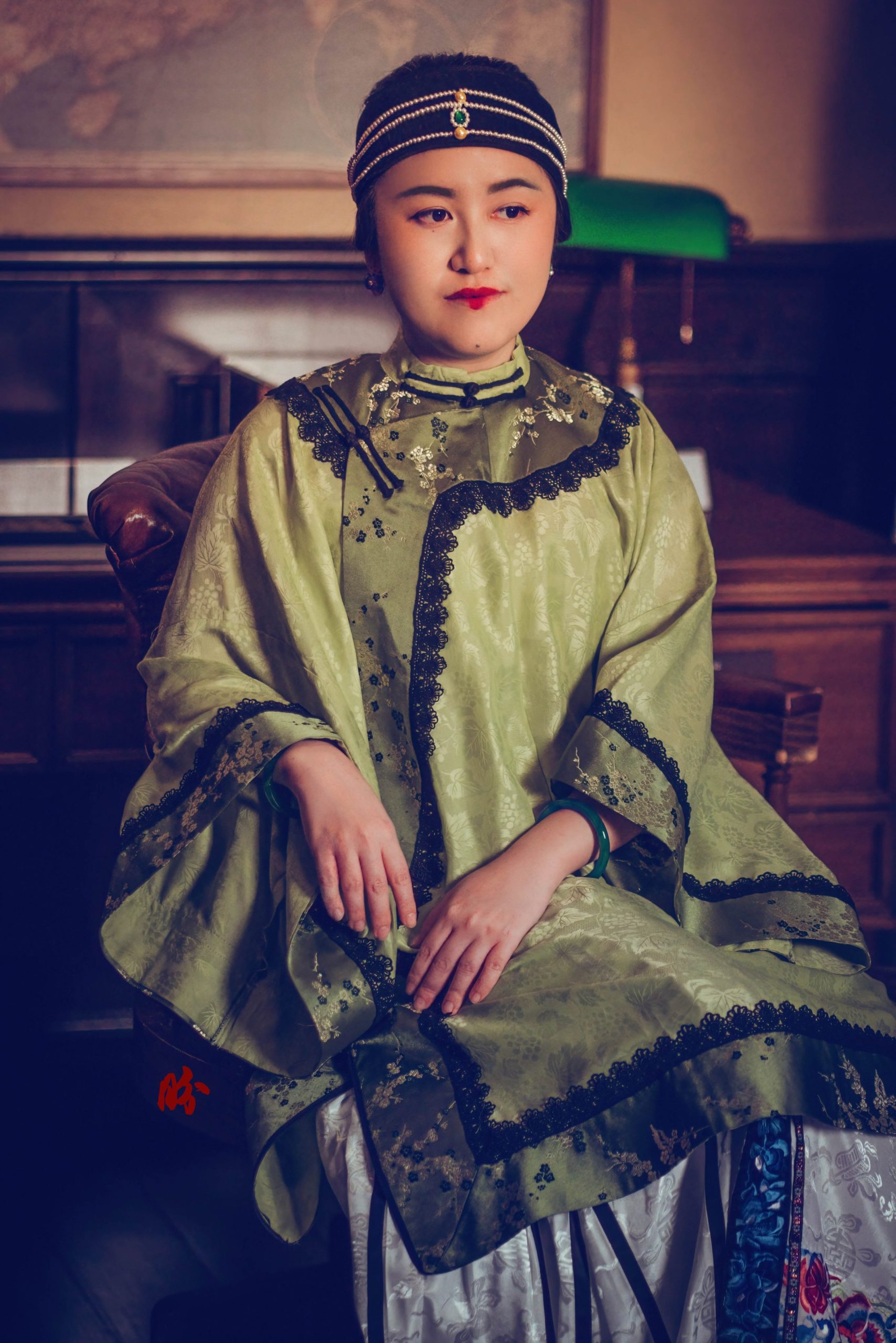
While Hanfu is the ‘woke/vogue’ Chinese idea of a traditional dress, Cheongsam is the conventional idea of one. Somewhere between these two, lies the missing link of the late Qing dynasty/early Republican Han women fashion like the invisible middle child.

So I’ve introduced the Manchurian Qing dressing with all its hair, accessories and hierarchies, which is what 90% of us are familiar with through TV series and of course the latest craze Yanxi Palace and Legend of Ruyi. Since most TV shows are more obsessed with the royalties and imperial family, naturally not much is shown on the Han Chinese dressing even though they form the majority.
For men, there’s no difference between the Manchurian and Han Chinese because it was the law for all to convert their way of dressing to the Manchurian style. This was supposed to be for the women and children as well, but rumour had it that during the implementation process, the Han Chinese felt very strongly about their traditional way of dressing as part of their cultural identity (and rightfully so), that they had several bloodshed protests! Eventually, there was an unspoken agreement that the men had to adopt (the Manchurians probably felt that once you emasculate the Han Chinese men with their cultural identity, you controlled the women and children naturally anyway), but left the women and children (and a few other exceptions) alone.

As such, the Han Chinese women had different sartorial choices from the Manchurian women, and they continued binding their feet according to their own/parents’ aesthetic beliefs while Manchurian women were forbidden to do so by law even though they were drawn to such aesthetics at some point.
Women’s body were and are never our own it seems, and how we wish to treat our body has all along been politicised and moralised by society and the ruling class.
Eurocentric scholars and writers at the turn of last century liked to dismiss the Chinese as devoid of fashion, as if Chinese women were so oppressed by their rulers and system that they were accorded with little means nor awareness of beauty and dressing up.
[The] variations in Chinese dress from dynasty to dynasty… [occur] at the speed of a rather hesitant glacier.
Quentin Bell, 1910–1996, English art historian and author

[The mandarin’s robes] Scarcely changed in the course of centuries, but then Chinese society itself scarcely moved at all.
Fernand Braudel, 1902-1985, French historian
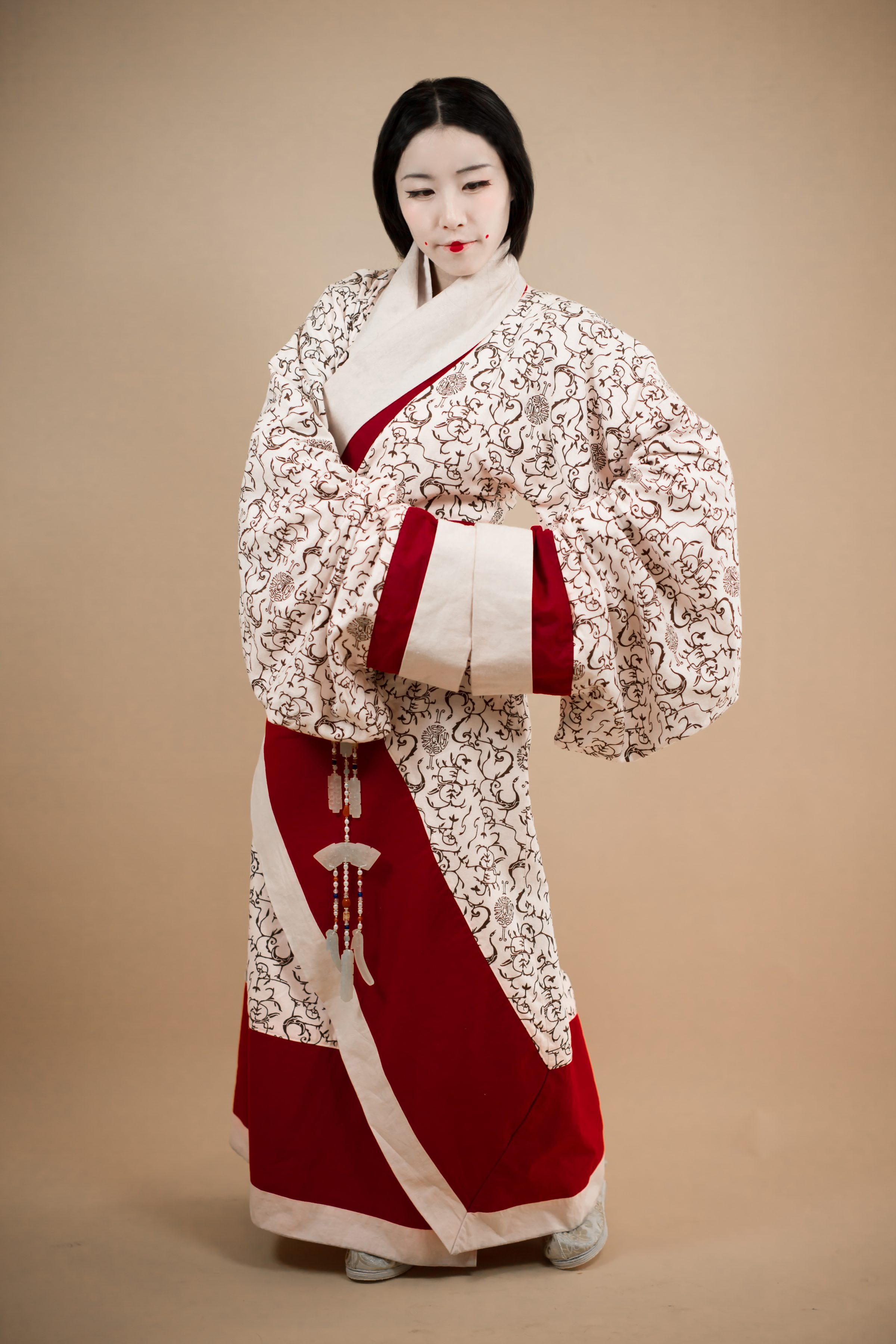

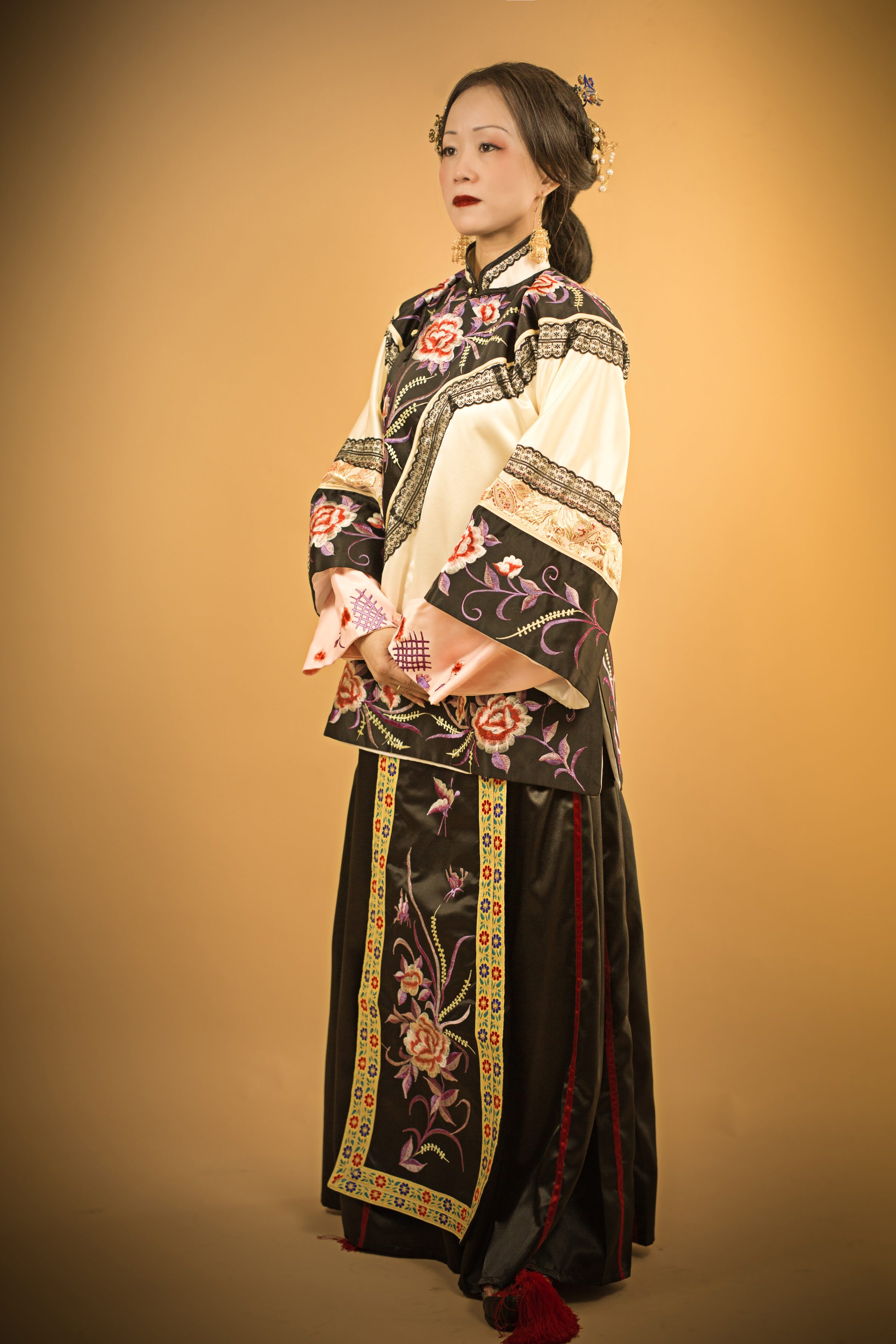
[T]he Chinese family of the last [i.e. 19th] century looked very much like a Chinese family of the Classical age.
Quentin Bell, 1910–1996, English art historian and author
In reality, all these quotes were really fashion historian’s equivalent of saying “All Asians look the same”–All Chinese dresses look the same.
But they’re not alone in that view. The Eurocentric Chinese novelist Eileen Chang also lamented in 1943 that “Generation after generation of women wore the same sorts of clothes without feeling in the least perturbed.” Yikes.
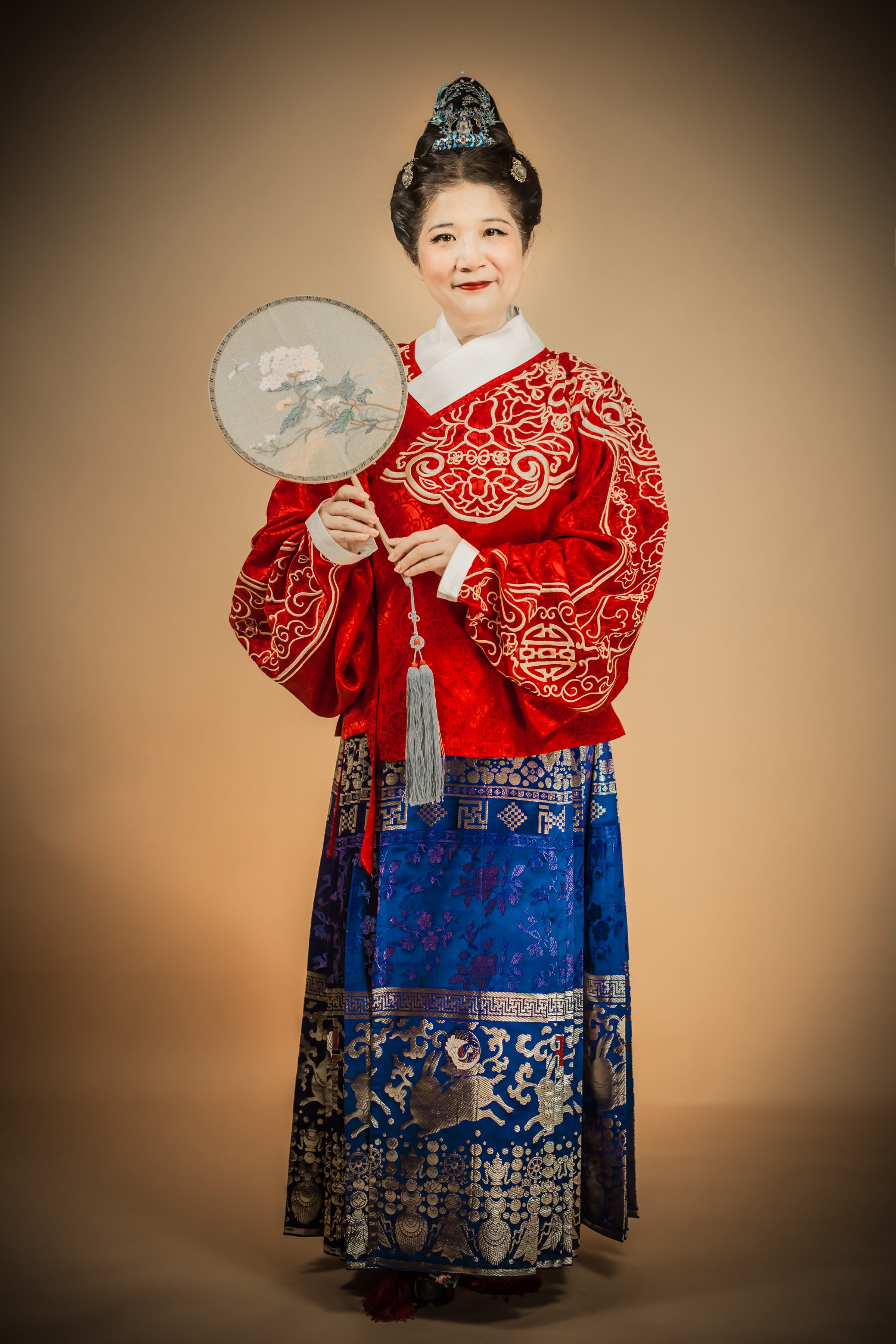
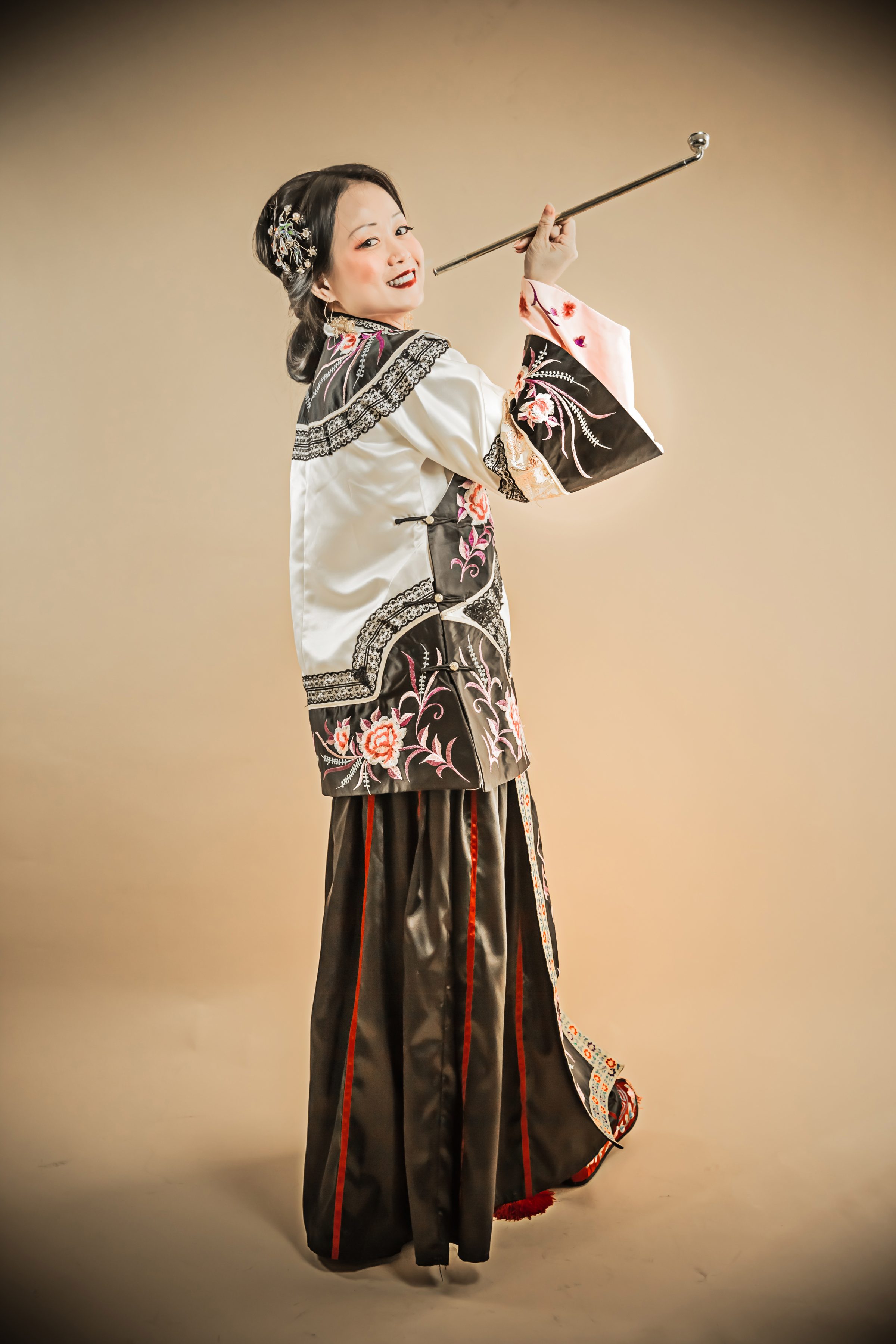
Because a Chinese literati said so, it must be right? Were there just the same old Hanfu vs the new Cheongsam, these 2 types of existence and form?
I’m not comfortable with that assumption. Would you assume that quantitative change is more important than qualitative change? Or that the type of change that is more visually apparent is more valuable/legit than the subtle, fine and nuanced change?
To me, it is really the difference in culture. Just the other day, I was reading our friend Eustacia’s post on the different types of Kimono and what to wear for various occasions. And it struck me the Western eyes or the Modern eyes were so overstimulated by their own visual differences that they were unable to appreciate or identify the subtlties in the Chinese or Japanese culture. And which also explains the success of designers like Guo Pei in capturing their attention with the loud and archetypically Chinese designs.

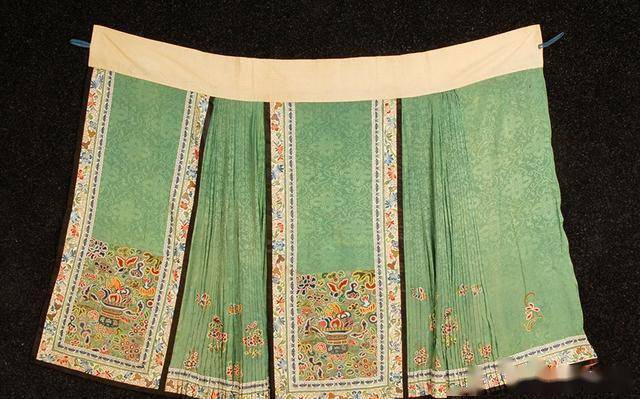
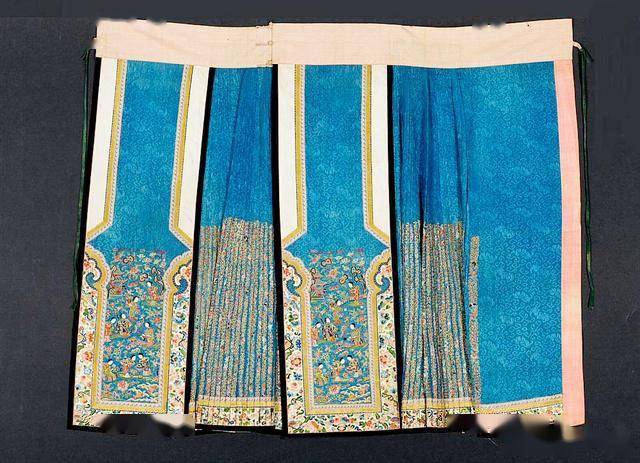

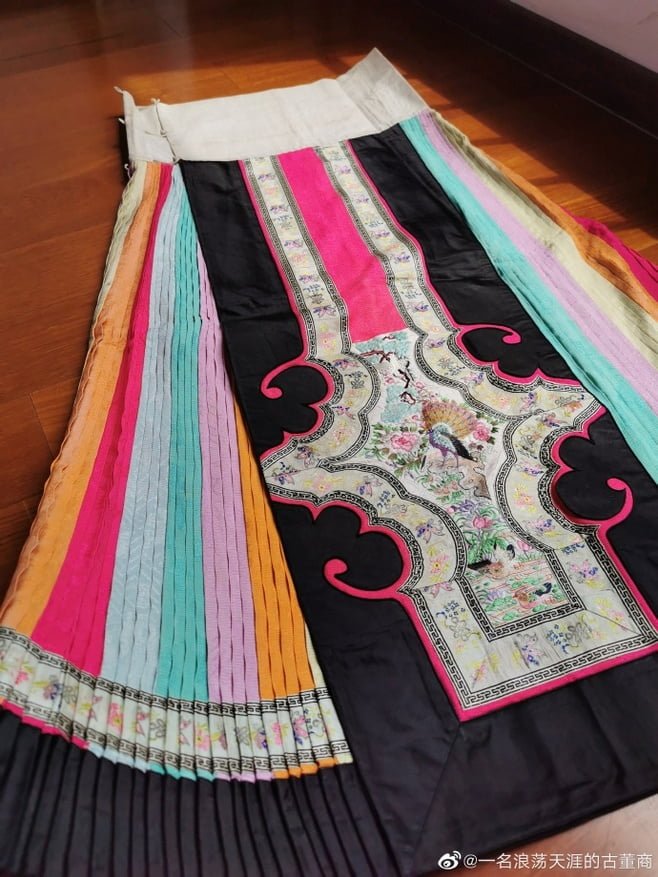
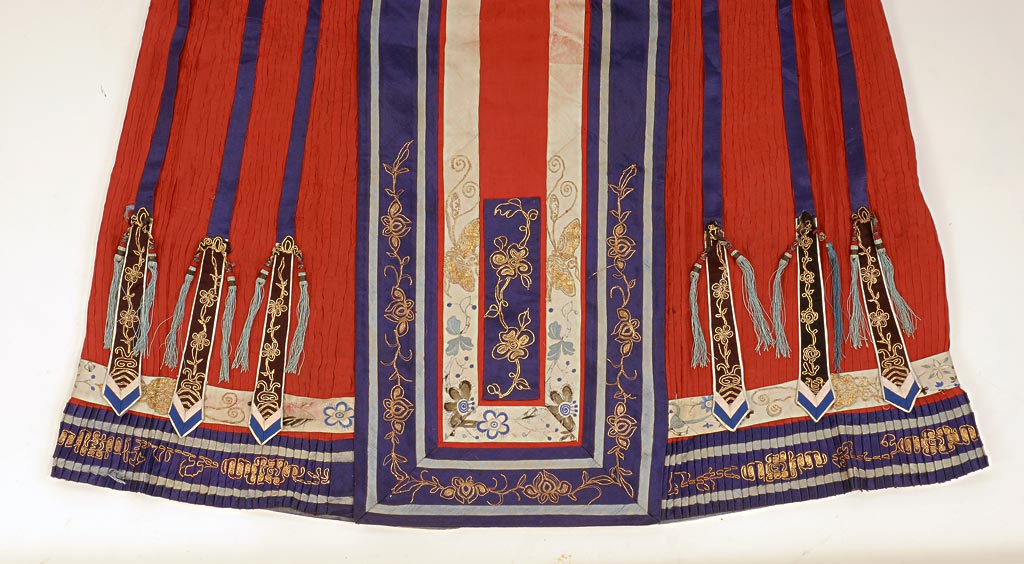
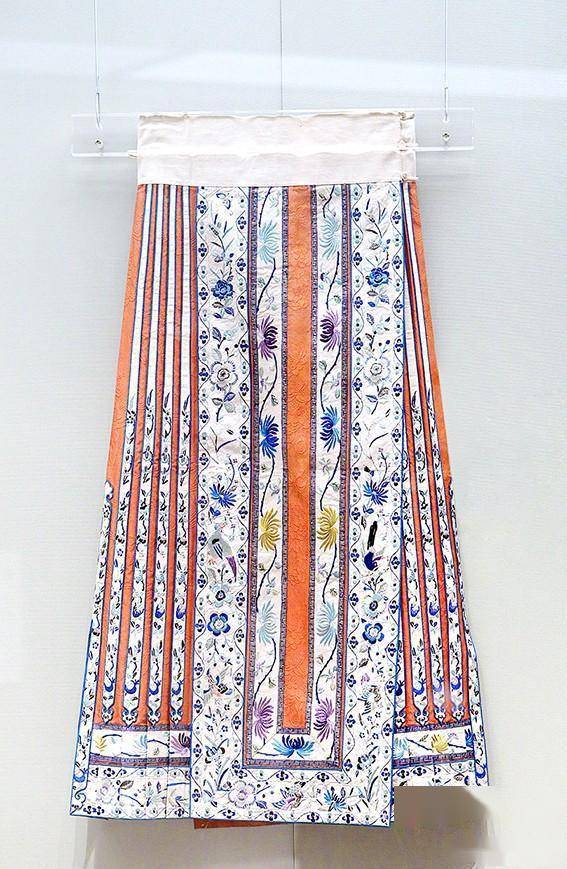
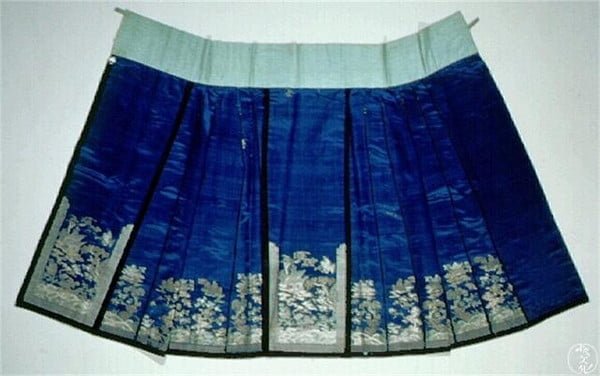
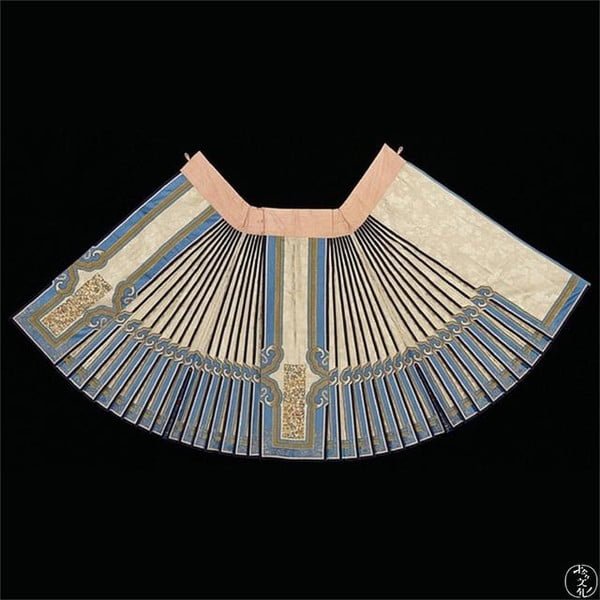
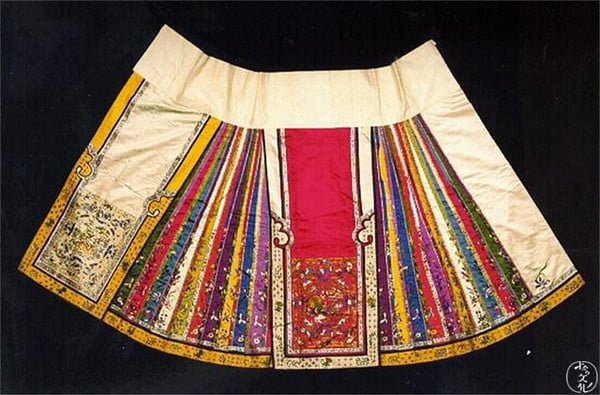



Fashion, to the ancient Chinese, was more of an exercise of artistic creativity within the appropriate boundaries that ensure that they adhere to the changing seasons, occasions, and hierarchies. Constraints are necessary to create meaningful and artful end products. And that, was what the ancient Chinese women were really capable of as they innovated on the types of weaving, motif, embroidery, dyeing techniques, decorative methods of the dresses.
A large part of this could be due to Chinese women’s training in embroidery. As Professor Marsha Weidner, a modern-day Chinese art historian noted, that through embroidery “women trained their hands and eyes, became attentive the smallest details, refined their colour sense, and mastered a large repertoire of motifs and compositional formulas.”
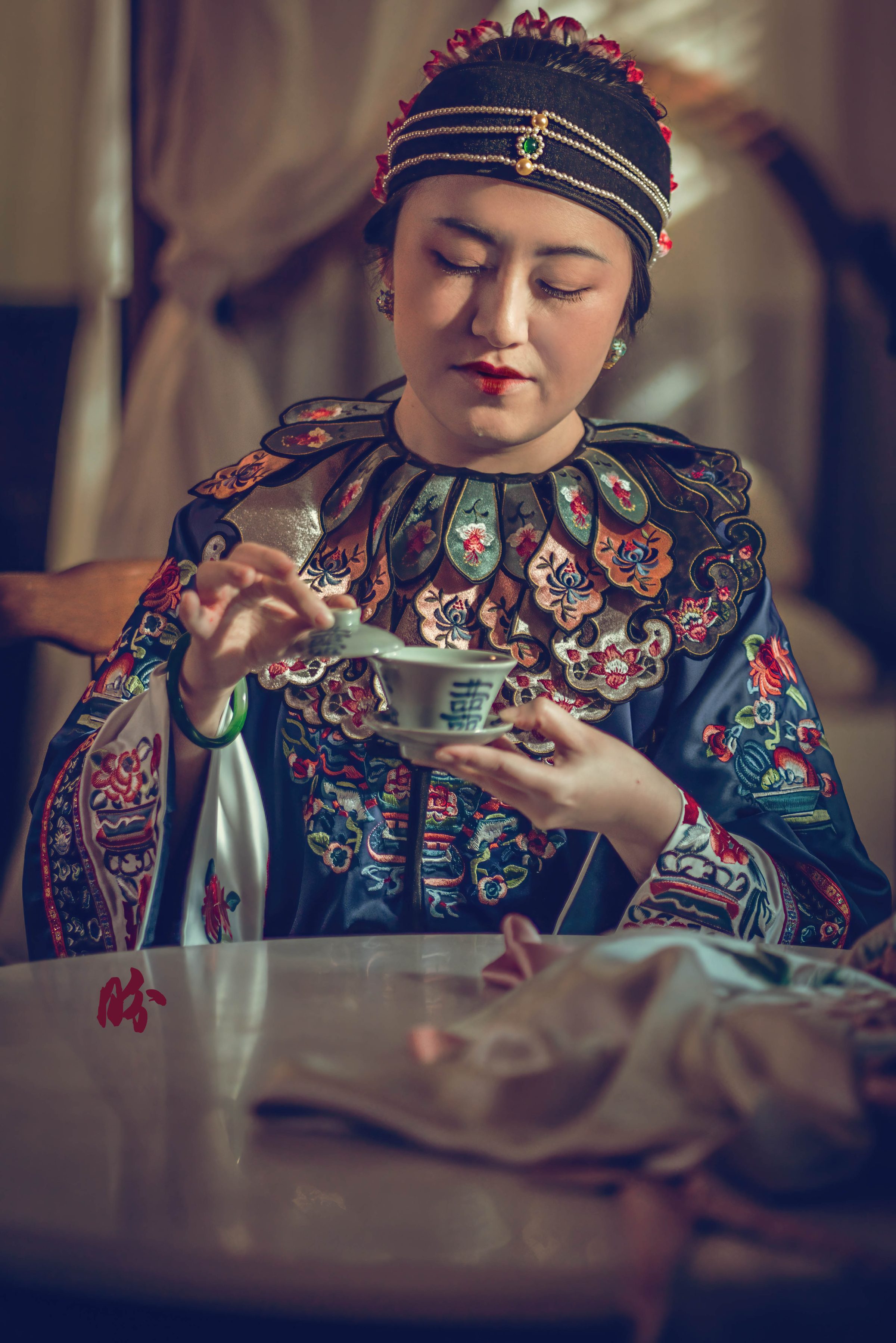
If you look unclose at any of the apparels, you would realise that instead of just clothes, they were really works of art. Just like kimono. And while the form remained similar, the embroidery work, colour matching, even the direction of the thread made a lot of difference. Images really don’t do them justice–I just went to the Sun Yat-Sen Nanyang Memorial Hall to see actual pieces and you could really see how intricate the needleworks were, and how each of those dots in black in the images below were made up of hundreds of strands of silk, and which went through hundreds if not thousands of manhours to be extracted, spung, dyed, designed, and finally emboidered in accordance to considerations like occasion, hierarchy, season, aspirations and symbolic meanings.
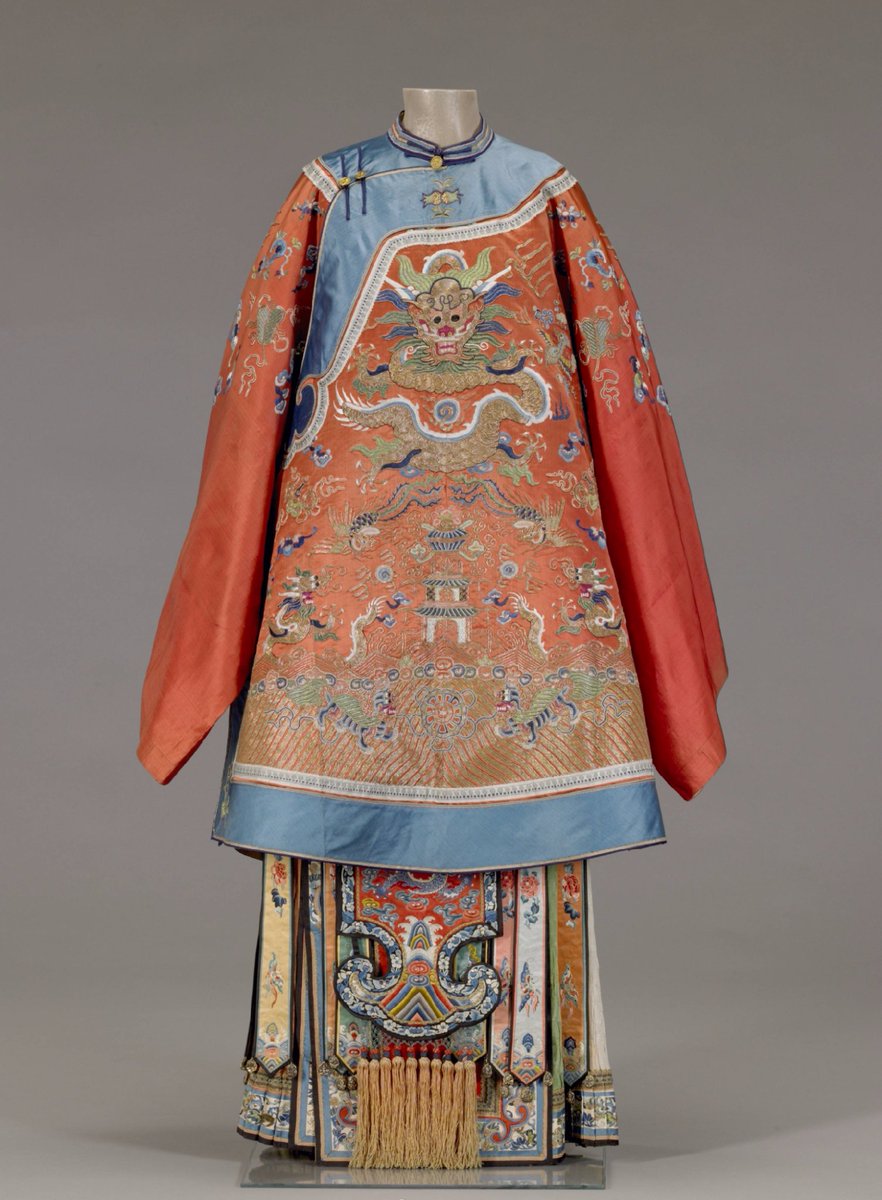

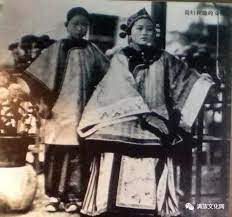
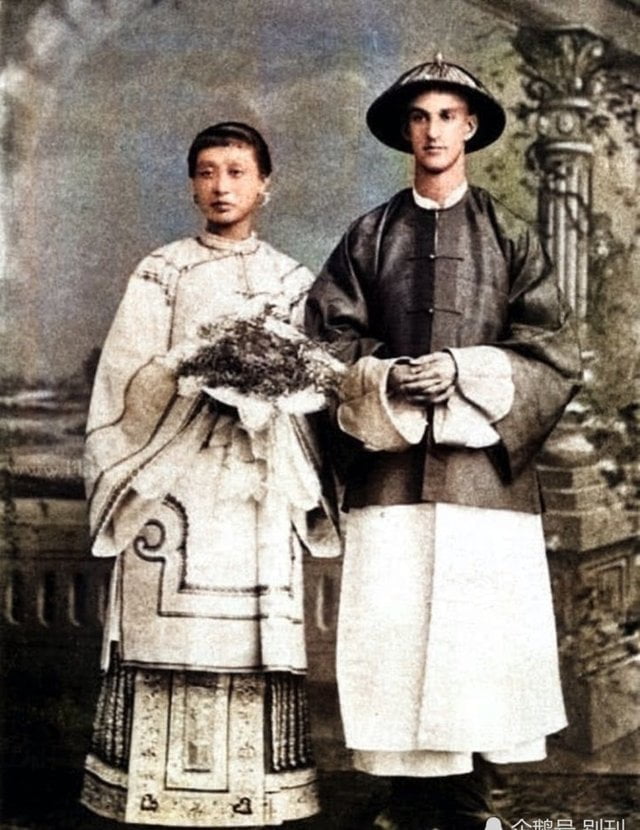
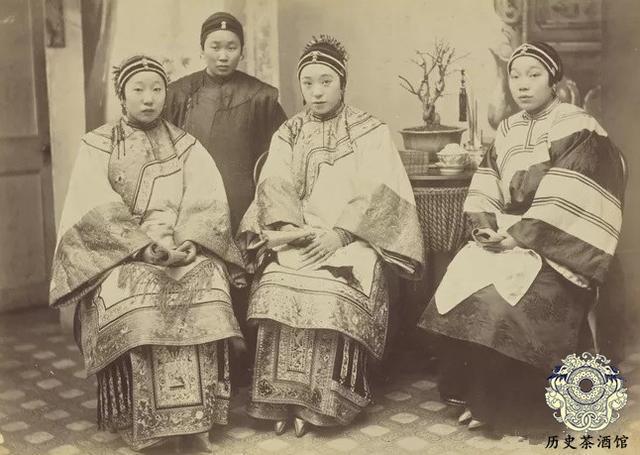
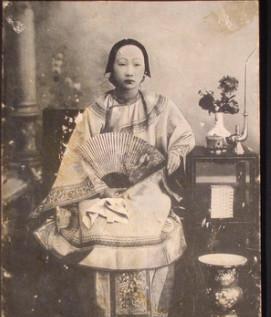
I know I’m very Asian in my consumption of fashion when I buy all the different colours of the same design if I really liked it, because even just a change in colour, meant a big change for me, especially if it’s the design I like. Whereas I wouldn’t look twice at an ‘ugly’ design even if there were 1,000,000 dramatic variations of that design.
Quality over Quantity, anytime.
If you’d just zoom in to one small part of their dresses–the edges of their sleeves, you would notice a small band of embroidered motif, which usually would’ve be just about 5cm by 30cm or so, and the amount of details in embroidery they put into that is just incredible:


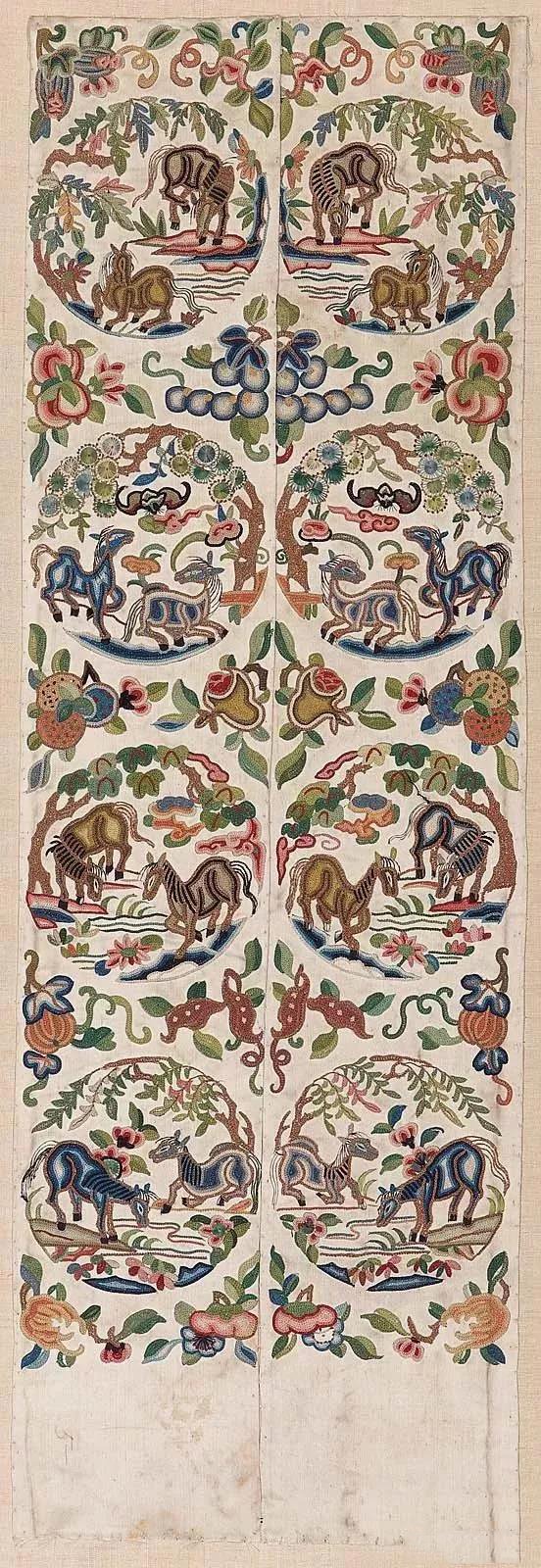
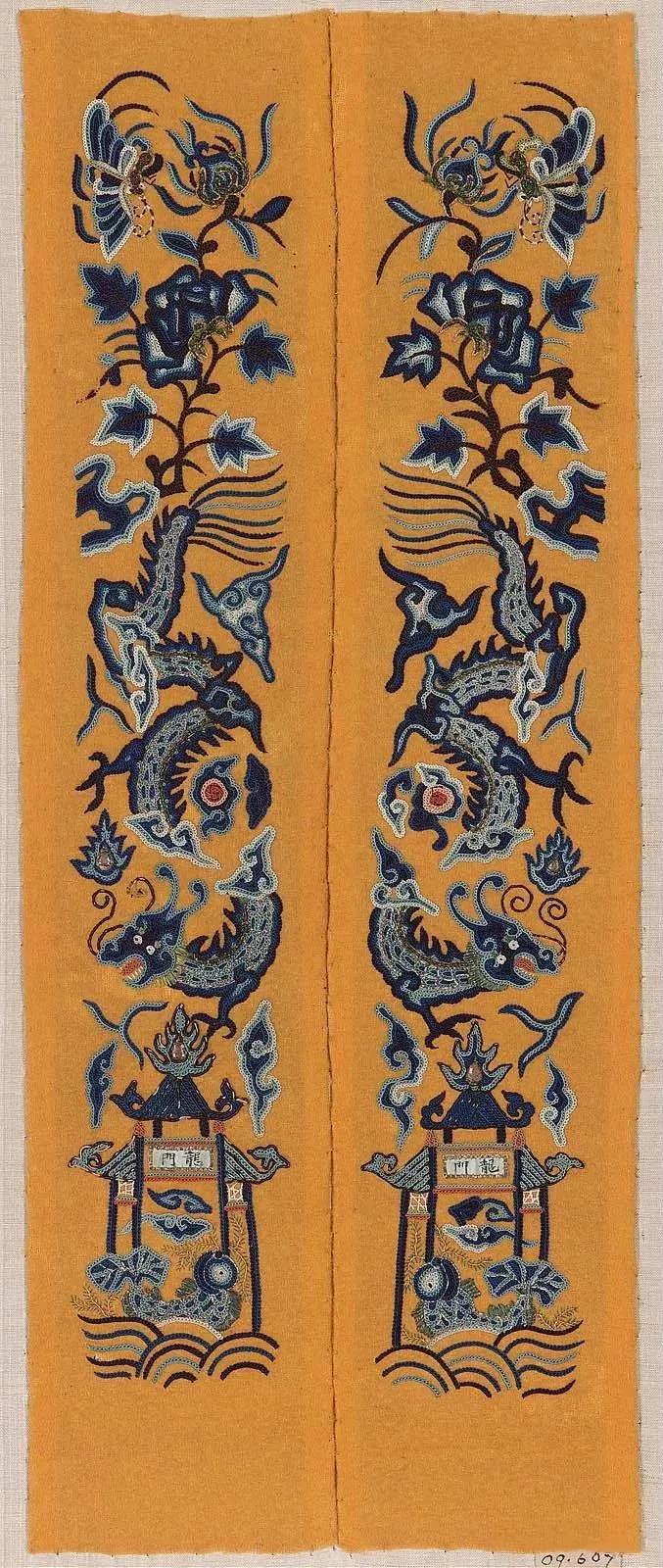


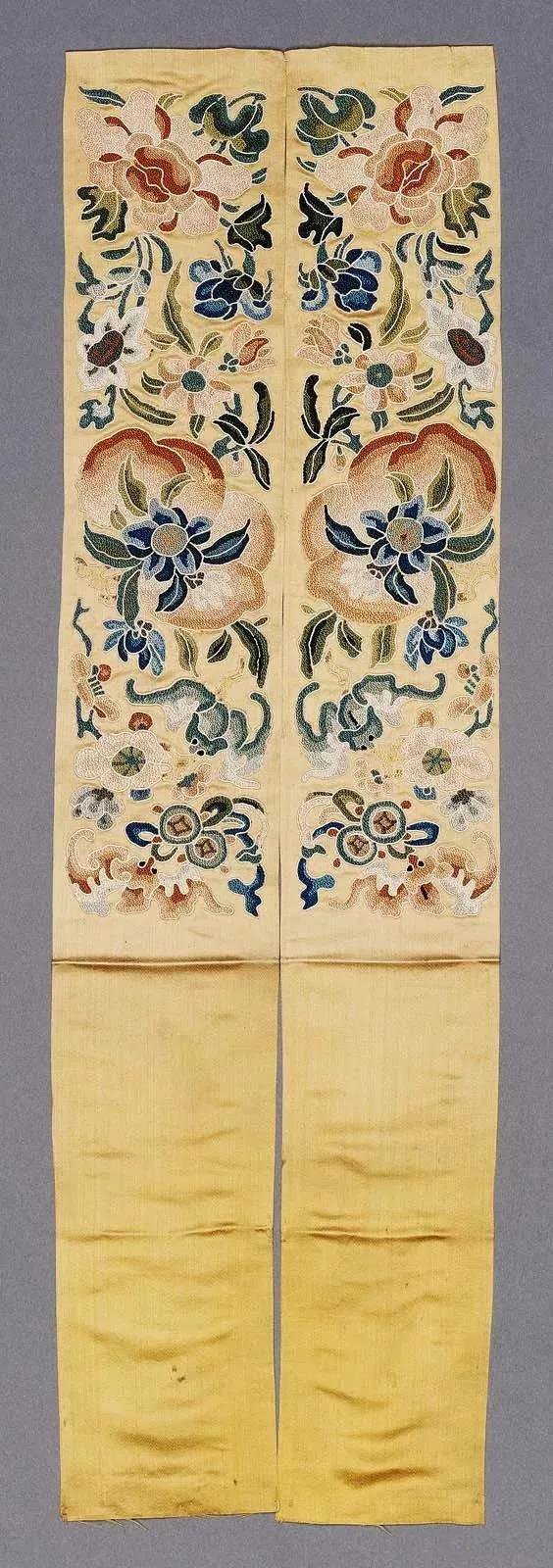
I went to the Modern Women of The Republic: Fashion and Change in China and Singapore exhibition today, at the Sun Yat Sen Nanyang Memorial Hall in Singapore (not Taiwan!). And came across this intricately embroidered pink Cheongsam in early 20th century (should be circa 1910s-1920s), and photos really do not do these embroidery justice:

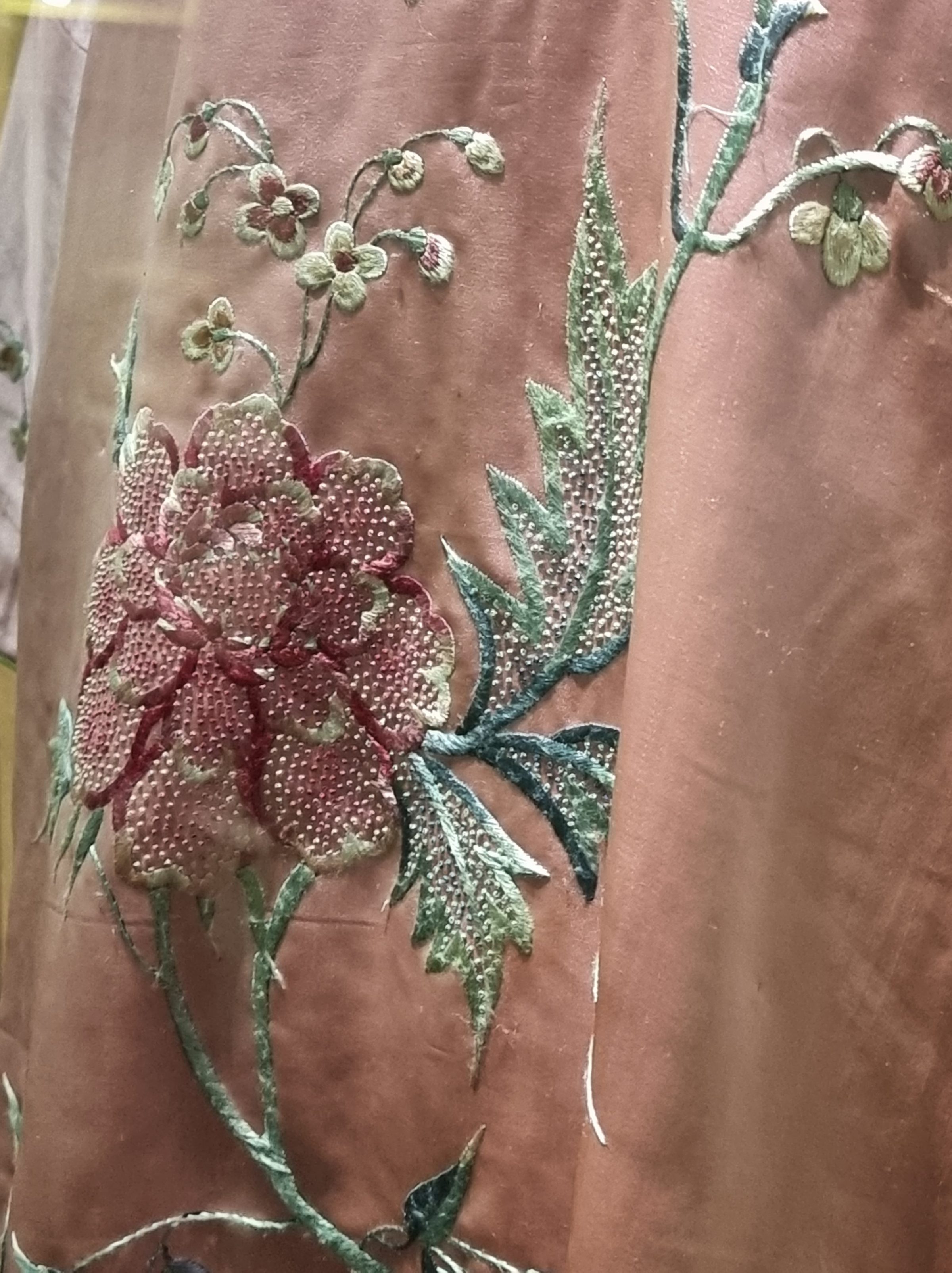
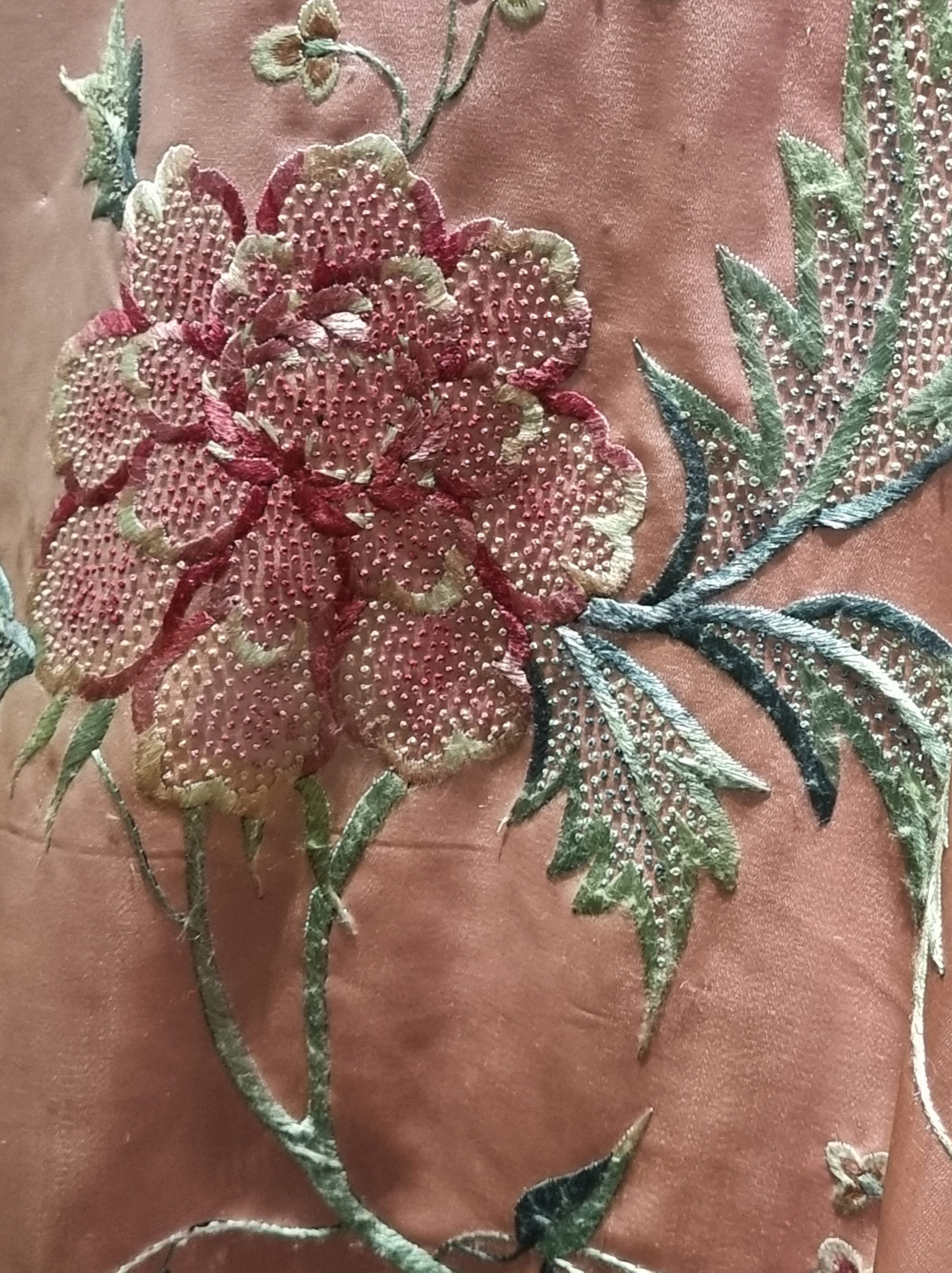
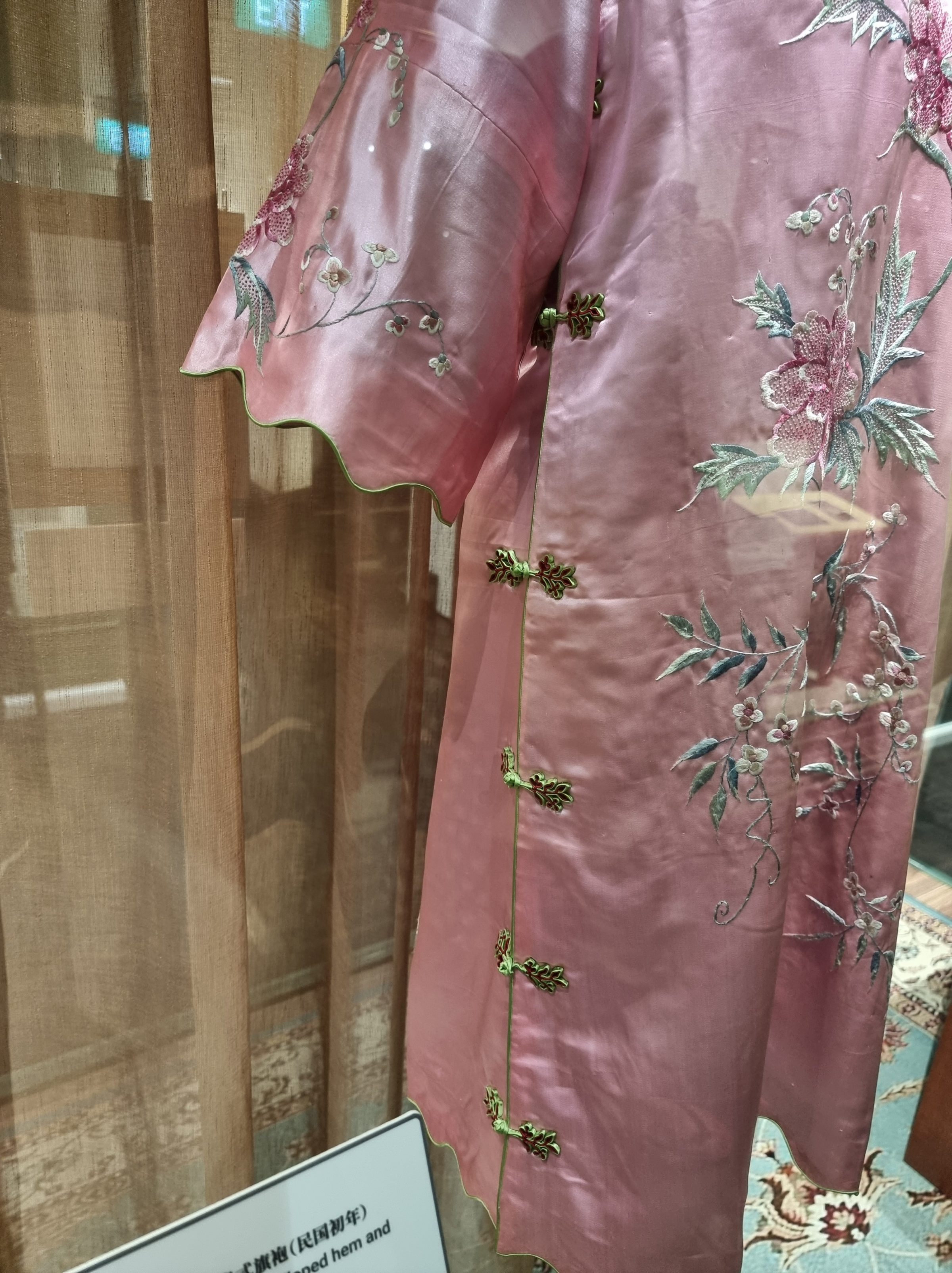
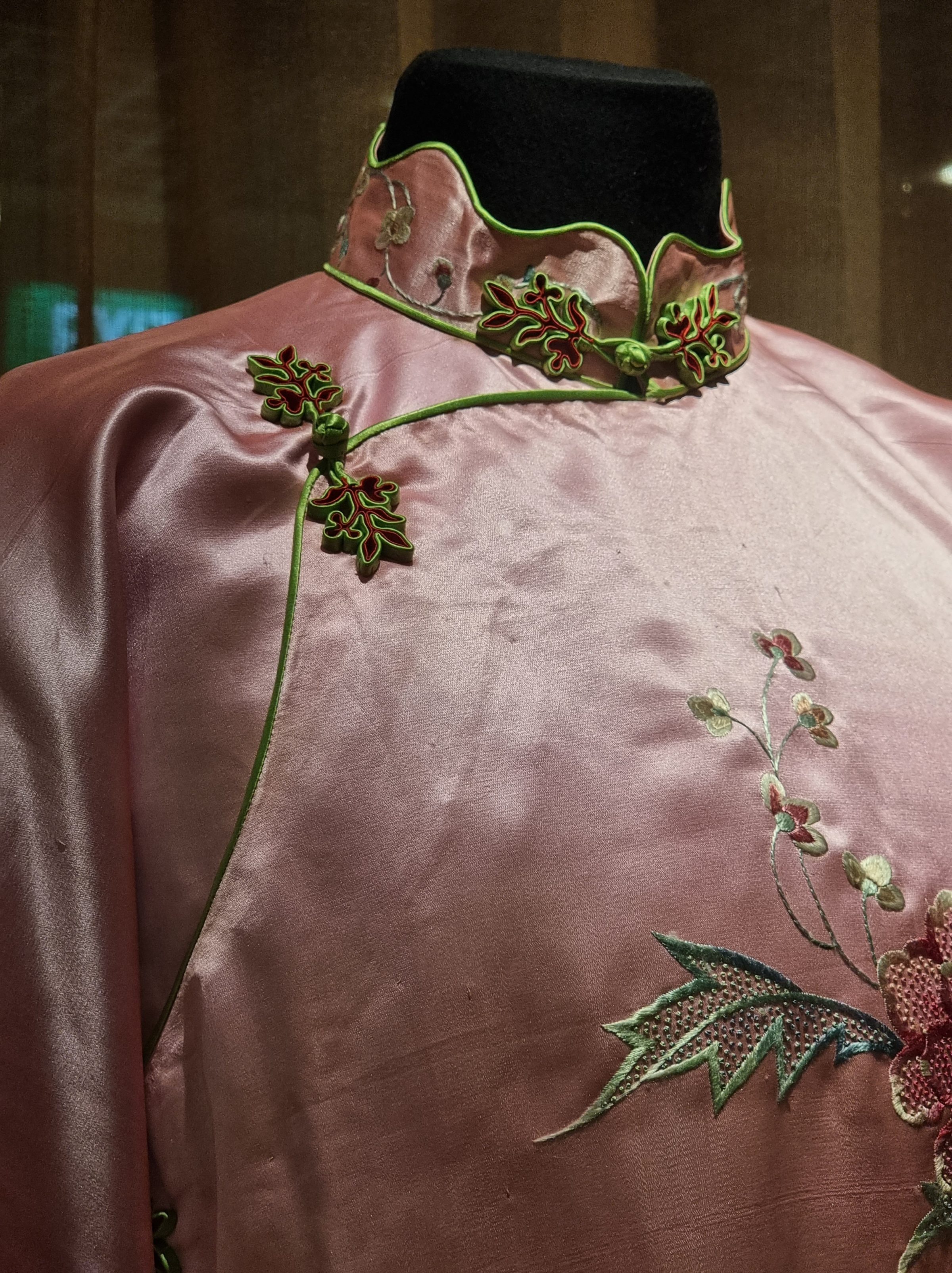
If you ever get to see them in person, do take note of the size of the forbidden knot/stitch, the uniformity of them all, and also the uniformity of the spacing between the knots, and the gradient of colours in the flowers and leaves. All so effortlessly elegant.
My companion asked me why was it called the Forbidden Knot/Stitch. This romanticised name is given by western marketeers/sellers of Chinese goods to link it to the Orient/Forbidden city (sounds exotic right?) and, to make this craft sound really exclusive for the luxury market— claiming that because it would make embroiders blind with the tiny knots and details (sounds like they could command a super high price with this), it was forbidden in China by orders of the imperial court. But it’s nonsense. You can still go blind from doing many of the other embroidery works if done in poor lighting and the emperor wouldn’t care less!


Because there has been so little attention paid to the Qing dynasty Han women fashion until recent years, this part of Chinese female fashion history has been an extremely underrated invisible middle child despite it being the bridge between the Hanfu of Ming period and the Cheongsam of the 20th century.
Next up, I will look at the early eras of Cheongsam, before it became the Cheongsam we are familiar with today.
Till then, have a think about what is your definition of Fashion, and let me know your thoughts!

Leave a Reply